For tribals in Jharkhand’s Arakeram, Sal signifies the tree of life
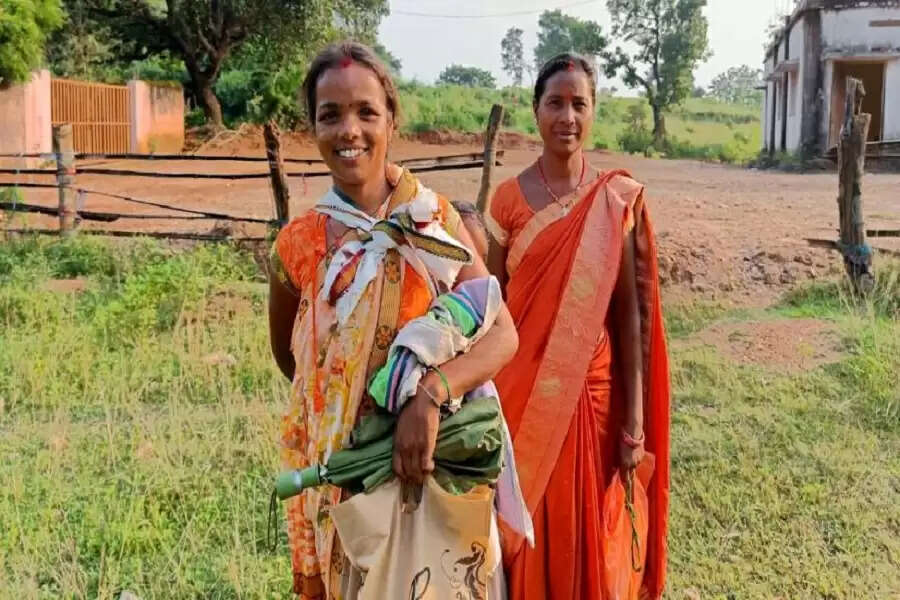 The rituals of karma pooja and sarhul revere the tree as the one who has given birth, the one who protects, and the one who is the caretakerRanchi, Jharkhand: For the people of Arakeram in Jharkhand, trees are everything — the god, protector and benefactor. No day is more important to them than that of karma pooja and sarhul, both held annually.
The rituals of karma pooja and sarhul revere the tree as the one who has given birth, the one who protects, and the one who is the caretakerRanchi, Jharkhand: For the people of Arakeram in Jharkhand, trees are everything — the god, protector and benefactor. No day is more important to them than that of karma pooja and sarhul, both held annually.Karma is a tree that tribal people consider as the first one to have grown on earth. On the day of karma pooja held in August-September every year, three branches — they represent the one who has given birth; the one who protects; and the one who is the caretaker — are cut from the tree and planted at an akhra (a place of worship). Historically, Rohtasgarh tribal people had escaped attacks from Mughals about 500 years ago by hiding in the karma forest.
Sarhul celebrations last for three days on which the tribal communities pray for a good harvest by worshipping sal trees in their sarnas (sacred groves). They also remember their forefathers on these occasions. “Our ancestors used the leaves of sakhua (sal tree) for clothing and its fruits as food. Sal leaves, even when plucked and kept in water, do not rot. No other tree has that special quality. In the local language, we say, hazaar saal khada, hazaar saal pada, phir bhi nahi sada, to convey how resilient sal is,” Sarna Adivasi religious leader Bandhan Tigga tells 101Reporters.
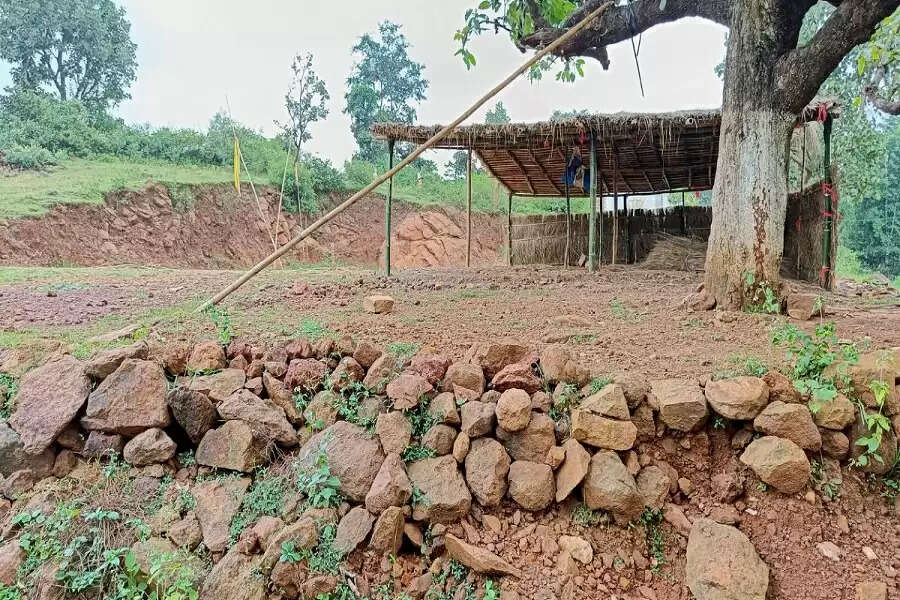
Akhra — the worshipping place where tree branches are planted as a part of the karma pooja ritual (Photo: Md Asghar Khan) Beating drums, singing and dancing to the tune of folk songs are all part of the festival. A cultural dance named jadur is the main attraction as it is performed only during sarhul, symbolising respect for forest lands. Both men and women from Uraanv and Munda tribes participate in the dance.
The priest conducts the ceremony by keeping three pots filled with water at the sarna on the first day. On the third day, if the water in the pot is found to have reduced, it is considered as a sign of fluctuations in rainfall that year. If the water level remains the same, it is concluded that the year will see good rainfall. They sing in Sadari language:ayele re gotiya, mhauav lataha saag biyari
'You have arrived after ages, all we have to offer is mahua, lataha and saag'
On the last day of sarhul, the priest hands over sal flowers to all families in the village or tuck them on their house doors to welcome prosperity and growth.
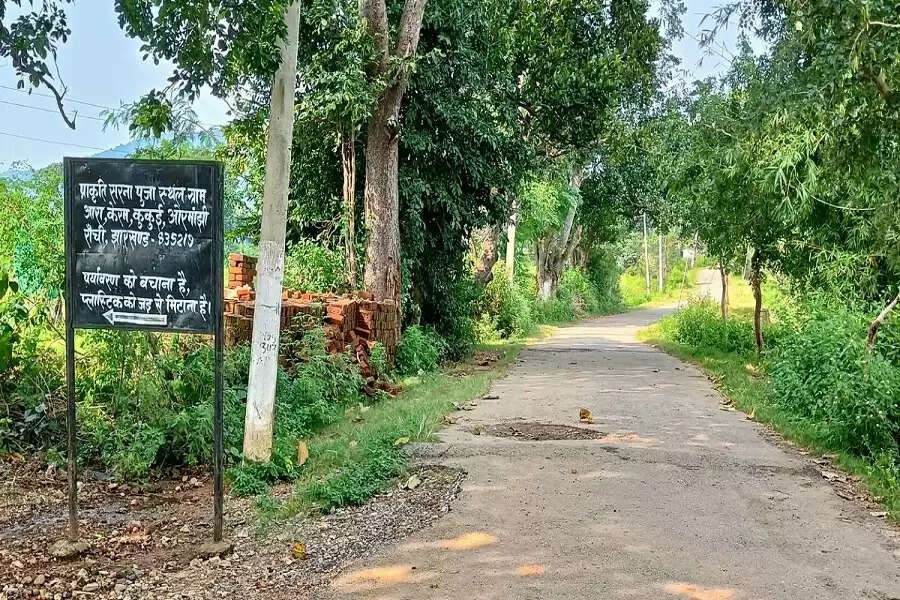
Sarnas are sacred groves where sal trees are worshipped and protected (Photo: Md Asghar Khan) Sal trees mostly constitute the forest of Arakeram. “What does one get by worshipping an idol? Neither water nor oxygen. But the tree we worship provides us with everything,” Tigga remarks.
As per the 2011 Census, of the 3.3 crore people in Jharkhand, 86.3 lakh are tribal people belonging to Sarna, Christianity, Hinduism and Islam. But irrespective of their religious backgrounds, they give primacy to water, forest and land. For them, nature is the first priority. “We get medicine, fruits and flowers from trees. We feed sal leaves to our goats and sell them in the local market once they are fully grown. This is our source of livelihood,” says Ramesh Bedia (35), the elected panchayat head of Tunahuli under which Arakeram village falls.
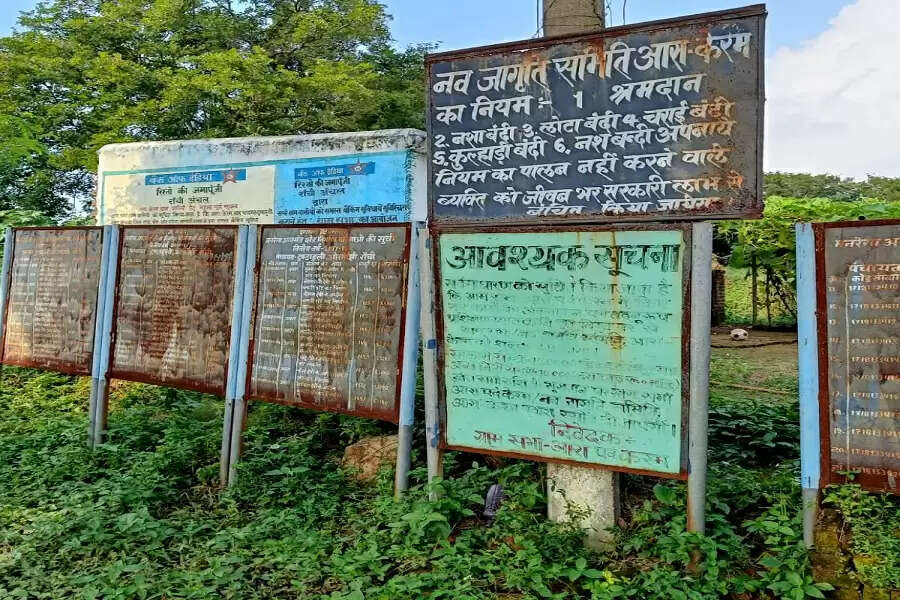
A notice board listing the ban on tree felling in Arakeram, specifying the punishment for the same (Photo: Md Asghar Khan) “The village did not see a single case of COVID-19. People here rarely fall ill due to the pleasant and cool environment. In fact, even during peak summer, we use a thick blanket while sleeping,” Ramesh adds.
Traditional conservation knowledge is passed down through generations. “Children in village school are taught indigenous techniques in farming, forest, water and land conservation. We also take them to the weekly gram sabhas to keep them connected to our culture and nature,” Arakeram village head Gopal Ram Bedia informs.
A way of life
Located around 30 km from Ranchi, Arakeram in Ormanjhi block has seven groups of men and women guarding the forest in shifts starting from 6 am to 10 am and 2 pm to 6 pm. Their daily activities in the forest, spread across 400 acres, are decided at the weekly gram sabha meetings. Every group has 10 to 12 people. "There is no interference from the forest department," says Ramesh.
Gopal Ram says people have promoted conservation since 1992. But it got a new direction in 2005, when a forest conservation committee was formed to preserve jal, jungle and jameen. At present, Ramesh Bedia is the committee president and Ormanjhi block forester Sumant Varnaval is the secretary.
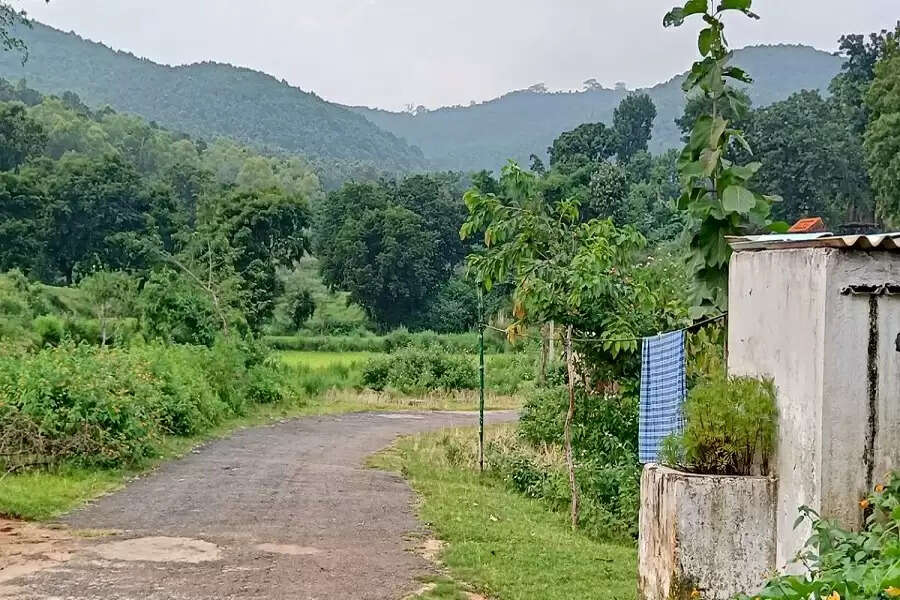
Arakeram village, Jharkhand (Photo: Md Asghar Khan) In 2016, the forest department awarded them a grant of Rs 4 lakh, which was utilised to mainly create water harvesting structures. "Though the department trains its new joinees, we also pitch in by sharing our traditional conservation methods and knowledge on how to save forests from fires, harvest rainwater and build loose boulder structures using desi methods," Ramesh informs.
The conservation efforts have transformed the image of the place in such a way that Prime Minister Narendra Modi himself had discussed this change in his weekly Mann Ki Baat radio address. “No explanation is needed to protect trees. This is in our tradition. We have seen our ancestors do it,” says Vimala Devi (27), one of the guards. Giribala Devi (35), another guard, says if someone is caught stealing wood or leaves from the forest, they are fined.
Fruits of labour
The gram sabha’s decisions to ban tree felling in the forest since 2015 and drilling of individual borewells in houses since 2017 were the turning points in conservation efforts. Until then, they could not save as many trees as they wanted because it was difficult to govern the felling of trees. Under the new system, gram sabha has to be approached in case a villager needs timber, which is permitted only when it is an utmost necessity. "Earlier, the water was available at around 30 ft, but now we get it at 15 ft itself. Even the hand pumps get water at 25 ft against the earlier 45 ft," informs Ramesh.
The villagers also took up rainwater harvesting in 2019 to prevent runoffs from a nearby hill. “Earlier, rainwater used to go to waste. But after we dammed the water and diverted its flow into our fields and ponds, we are enjoying the benefits of a water surplus,” say Sushila Devi (35) and Pancham Devi (40). At present, around 10 hand pumps and wells meet the water needs of all villagers.
Elaborating, Gopal Ram says the collective effort through voluntary labour created 700 boulder structures over the course of 70 days to divert rainwater from the hill to the village. “As a result, 72 small ponds, 55 wells and four big ponds in the village hold water throughout the year,” he says. A group of approximately 200 men and women worked jointly to achieve this.
The villagers are reaping the fruits of their labour today. “We are blessed with good rains now. Thanks to forest conservation, kendra (apricot), pithore, mango, jamun (java plum), bahra (plum), bel and pior are plentiful. If there is no forest, there will be no village,” say Sushila and Pancham. Apart from paddy, people grow vegetables throughout the year.
The forest has 500 species of trees and plants. Monkeys no longer stray in and ruin crops as they have enough to eat in the forest.
“In the last two years, we have sold mangoes worth Rs 1 lakh. Earlier, the forest was so sparse that we could see even a small animal passing through. But now, it is so dense that even an elephant herd will not be visible!” Gopal Ram remarks.
Edited by Tanya Shrivastava
This article is a part of 101Reporters' series The Promise Of Commons. In this series, we explore how judicious management of shared public resources can help the ecosystem as well as the communities inhabiting it.
The cover image is of Vimala Devi (left), with her infant tucked away with a cloth on her back, accompanied by Giribala Devi. Both the women are part of a livelihood self-help group, captured by Md Asghar Khan.
(The author is a freelance journalist and a member of 101Reporters, a pan-India network of grassroots reporters.)
